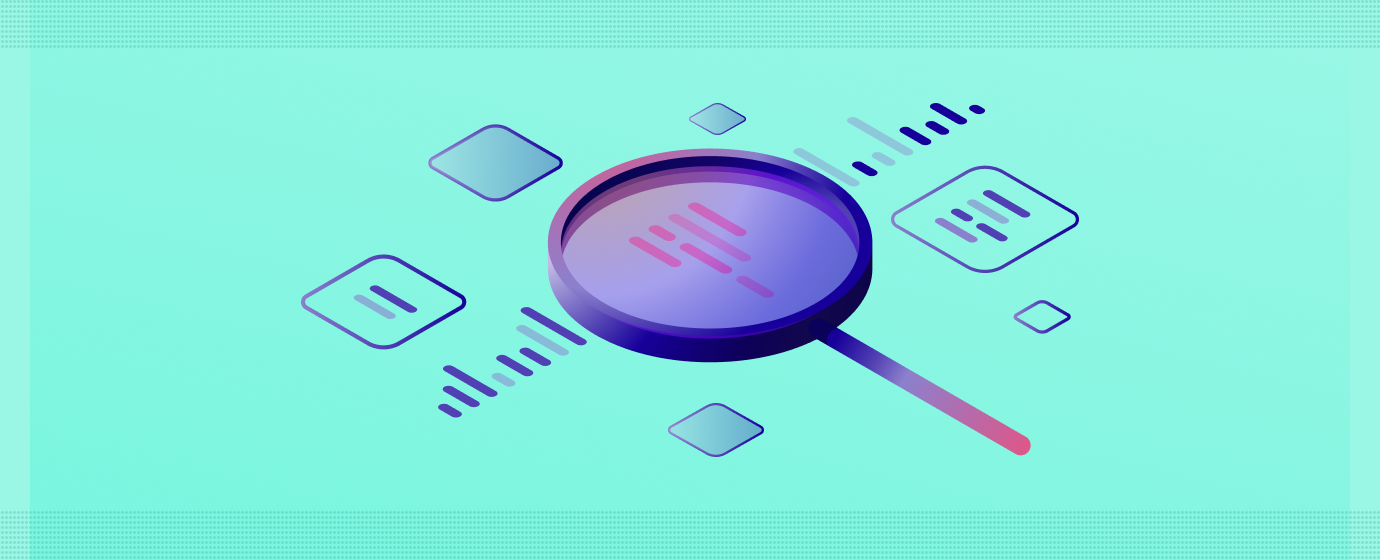Don't settle for half the story
Demyst gives you access to all of the data you need. Evaluate thousands of data attributes from hundreds of possible data connectors all pulled into your own custom-built APIs for instant data deployment.


Often, at organizations in the banking and insurance sectors, we find that workflow tools, such as case management systems or entity linking solutions, are tightly coupled to a handful of specific data sources, or even a single data source that aggregates from upstream sources. Various units across an enterprise typically adopt these tools to address basic, short term needs, like being able to tick a regulatory compliance box.
However, the cumulative effect of this activity is continued and incremental technical bloat, with multiple solutions deployed across the enterprise.
As false positives are realized, or worse, false negatives that relate to major compliance events, new data sources are explored, and new tools are considered—but all too often, enterprises are stuck, they can't simply layer yet another new solution without affecting the entire stack. Indeed, the existing processes and systems aren't for nought, as they are often adequate solutions to address many if not most of the enterprise's financial crime use cases.
Middleware can go by many names, such as gateways, hubs, and orchestration layers, but the core idea is that centralized technology layers that decouple upstream (in this case data) from downstream (in this case tools) allow for better management, faster iteration, and better outcomes.
So why hasn't this evolved to widespread adoption? Well it is becoming more widespread than most people think, with nearly half of all regulated entities possessing some form of FinCrime middleware. However, progress towards this model is slow because it's hard for enterprises to justify the long term investment, and incumbent vendors that optimize the bundling of data and tools are not incentivized to encourage the proliferation of competitive marketplaces.
It comes down to forward thinking among ecosystem players. Tech-forward enterprises to drive these innovations in order to achieve better compliance outcomes, and truly data agnostic platforms, such as Demyst, to support their customers' journeys.
On average, Demyst clients in this space consume 7-8 additional data sources once they've onboarded our platform. And that can directly translate to the bottom line: we see greater than 50% reduction in multiple risk categories, from synthetic fraud to credit defaults; and, it's not rare to see more than 35% reduction in third party data related costs—another benefit of centralized ingestion and governance—all primarily through establishing a middleware.
We are well beyond a tipping point now. Compliance costs and fines continue to skyrocket. At the same time middleware adoption throughout the enterprise is at an all time high, and regulated entities understand and demand the value that comes from this. Furthermore, while many data vendors stand to add significant value to the equation, regulated firms have an increasing range of options, including the acquisition of data directly from government sources or partnering with the broader ecosystem to achieve more meaningful, sustainable outcomes.
We encourage and support enterprises on their journey to create their own middleware. This typically follows the following playbook:
We are in a renaissance period in the financial crime solution domain. Emerging realtime data sources, advanced solutions, and next generation workflow tools means that enterprises can do far more. Middleware is a necessary tool to get these solutions out of the lab and in to production.
Don't settle for half the story
Demyst gives you access to all of the data you need. Evaluate thousands of data attributes from hundreds of possible data connectors all pulled into your own custom-built APIs for instant data deployment.

External data can be easy to discover and deploy